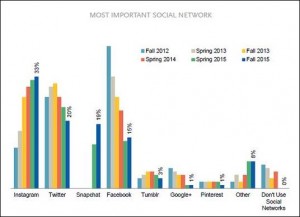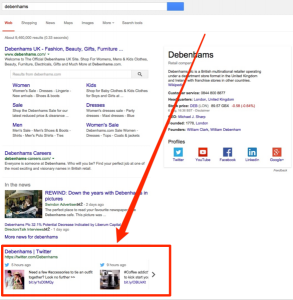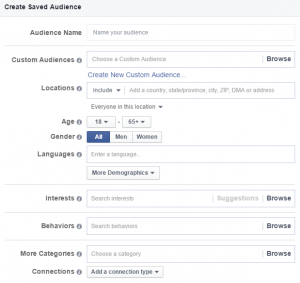— January 25, 2018

Ever since CEB (now Gartner) published The Challenger Sale in 2011, the book has attracted much publicity. It provides five different profiles (detailed here) based on research of 6,000 individuals. They are:
- Challenger
- Lone Wolf
- Hard Worker
- Problem Solver
- Relationship Builder
The research in the book indicates that individuals with a Challenger profile will outperform all other profile types. Good so far.
Constructing Tension
The book also presents the concept of Challengers building “constructive tension” using three elements:
- Teach – Offers unique perspective and maintains two-way communication
- Tailor – Knows customer value drivers and identifies economic drivers
- Take Control – Is comfortable discussing money and can pressure the customer
The premise is that because the buying process has changed (buyers engaging with sellers later in the process – buyers knowing more about sellers and products and services); the salesperson’s behavior toward the buyer must change too. I don’t disagree with this either.
I also don’t dispute CEB’s research. As a matter of fact, I applaud them for their efforts and excellence in marketing their position and their services via this book.
But, let’s face it…
These concepts are old. For instance, Dave Kurlan and Objective Management Group have been studying the traits that differentiate top producers from others since 1990. It’s when they created the first ever PREDICTIVE assessment for salespeople.
And, while the CEB elements in part identify the traits of the best, they don’t tell the whole story. You see, not everyone can become a Challenger.
Certainly, individuals can be taught the words to say. They can role play to practice and they can follow a process to incorporate the concepts. The disconnect is that the Challenger sale is not a process at all. It merely describes a type of individual.
Challenger Traits
What is known about the Challenger type? Through the help of OMG’s research and analysis on over 1.6 million individuals (yes you read that right – 1.6 million vs the 6,000 in CEB’s research) I can confirm that the traits identified in the Challenger profile do indeed describe a superstar seller, but only partially.
What’s Missing?
CEB’s reports 17% of all B2B salespeople possess both the influencing and thinking ability to be Challengers (more on this later). But, here’s where CEB’s research is sketchy:
- The CEB database is much less comprehensive than ours (6K vs. 1.6M).
- It only looked at respondents from the world’s largest companies, ones that likely had comprehensive sales training and processes in place.
- Their analysis assesses if the individual has the influencing and thinking ability, but doesn’t address IF Challengers will ACTUALLY DO IT.
- The CEB analysis doesn’t consider what motivates Challengers.
Spirit vs. Motivation
We know lots of companies that prefer to hire athletes. They feel like athletes have the competitive spirit to win the deals and can even overcome adversity. That is all great.
Where they miss is by failing to determine what truly motivates the individual. You see, athletes generally perform on a stage for the applause and adulation of the crowd, and/or recognition of somebody they respect (think coach).
I digress, but give you this example to demonstrate what happens when we focus too much on traditional means of describing a type of person. It leaves out a very important component – whether the individual will do what is necessary to be successful (selling your products and services, in your environment, to your targeted prospects).
Applying the Ability
It is one thing to identify the thinking and influencing ability discussed in The Challenger Sale. It is another thing entirely to be able to execute like a so-called Challenger. If you can find those that will “teach,” “tailor” and “take control,” absolutely hire them (assuming that is what fits your market).
The problem is finding them. OMG’s scientific-based analysis (the bigger sample I mentioned above) says Challengers make up just 7% (not 17%!) of the selling population. That’s not many Challengers.
What You Can Do
First, don’t despair. Instead, follow this four-step process to help those that are not Challengers excel. (And, by the way, just telling them to do it, sadly won’t work).
- When hiring, screen for the traits you want, customized for your situation. Take our approach for a test drive Don’t just hire a one-size-fits-all type of salesperson, based on someone else’s ideal. Create the profile for your needs, based on reliable statistics, and customized for what works in your situation. Use science to predict success.
- Use a repeatable, systematic sales onboarding process to ramp hires up as quickly as possible, but allow for customized elements suited to the individual. Cookie cutters are for cookies. People all have individual skills, strengths, weaknesses and gaps. Enhance the good, and reduce the bad.
- Establish a repeatable sales process based on your company’s own best practices to achieve consistent sales results. Manage to it, hone it, and hold everyone accountable to it. If you want to evaluate your sales process, use this simple grader.
- Coach appropriately. Be sure your sales leaders not only have the skills to coach, motivate and hold individuals accountable, but also can demonstrate the very skills and behaviors your frontlines need to possess. Unless you have a surefire way of preparing salespeople to become sales leaders, you may need help with this. It isn’t often natural that salespeople effortlessly move into management.
If you want another perspective about The Challenger Sale read this article by Dave Kurlan, CEO of OMG.
Business & Finance Articles on Business 2 Community
(82)








